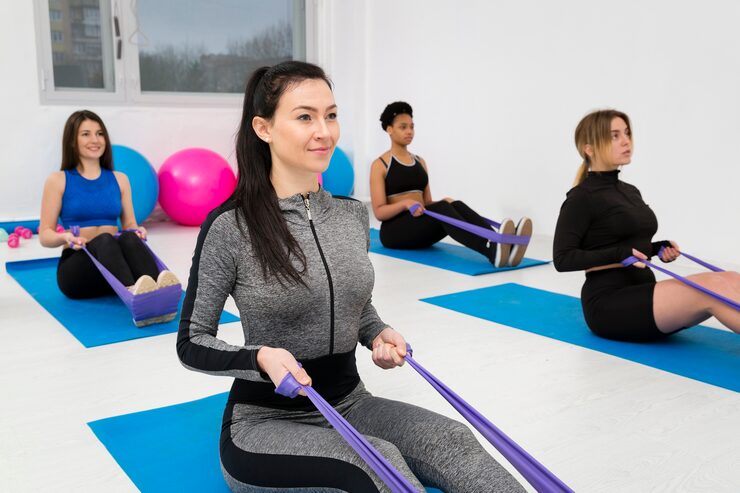Education Fitness Programs are redefining how people approach both learning and physical well-being. By merging academics with structured exercise, these programs create a dynamic way to nurture the mind and strengthen the body at the same time. From university campuses to corporate offices, the concept is gaining momentum worldwide, offering a balanced lifestyle that supports intellectual growth alongside health and fitness.
Table of Contents
ToggleThe Evolution of Learning Through Movement
Modern education is no longer confined to classrooms or online lectures. Educators now recognize that movement enhances concentration, memory, and creativity. Schools and colleges have begun integrating Education Fitness Programs where physical activities such as yoga, dance, or circuit training are combined with academic subjects. For example, a science lesson might include outdoor experiments paired with a brisk nature walk, reinforcing concepts while keeping energy levels high.
Why Exercise Boosts Cognitive Performance
Science supports the connection between exercise and improved brain function. Regular physical activity increases blood flow, delivering more oxygen to the brain and stimulating neural growth. Students and professionals participating in Education Fitness Programs often report better focus, quicker problem-solving skills, and enhanced mood. These benefits make it easier to absorb new information, whether preparing for exams or mastering new business strategies.
Blending Academics and Athletics
Many schools are now designing schedules that integrate fitness into the academic day. Instead of separate gym periods, physical movement is woven into traditional lessons. Math classes might include jumping jacks while solving equations, while literature discussions could take place during a group hike. This method not only keeps learners engaged but also fosters collaboration and creativity.
Expanding Beyond Schools
The idea is not limited to children or teenagers. Corporations are adopting Education Fitness Programs to help employees upskill while improving overall wellness. Companies host lunchtime workshops where participants learn a new professional skill while engaging in light exercise or mindfulness sessions. Tech firms, for example, encourage coding bootcamps that begin with guided stretches and end with group meditation, showing that education and fitness complement each other in any environment.
Global Trends in Education Fitness
Internationally, the concept has found unique expressions. In Japan, after-school clubs combine martial arts with academic tutoring, promoting discipline and resilience. In Scandinavia, outdoor learning—where lessons happen in forests or along hiking trails—is a long-standing tradition that doubles as physical activity. Digital platforms are also catching on, offering live-streamed classes where participants can study languages or business topics while following a virtual workout.
Technology Supporting the Movement
Wearable fitness trackers and interactive apps play a vital role in these programs. Participants monitor heart rates, track steps, and even log learning milestones during combined sessions. Some platforms use gamification, awarding points for both academic progress and physical achievements. This integration of technology keeps users motivated and ensures that both education and exercise remain engaging.
Real-Life Impact Stories
Consider a university student balancing a heavy workload. By joining a campus-based Education Fitness Program, they spend mornings attending a lecture while cycling on a stationary bike and afternoons in a seminar conducted during a guided run. Over time, grades improve, stress levels decrease, and physical endurance grows. Professionals share similar outcomes, often citing increased productivity and mental clarity after incorporating such programs into their routines.
A Holistic Path Forward
As society places greater emphasis on mental health and lifelong learning, the appeal of combining physical fitness with education continues to rise. Parents look for schools offering integrated curriculums, businesses develop wellness-based training modules, and entrepreneurs launch apps designed to merge lessons with workouts. With every innovation, Education Fitness Programs prove that nurturing the body and expanding the mind are not separate goals but complementary paths to a richer, healthier life.

